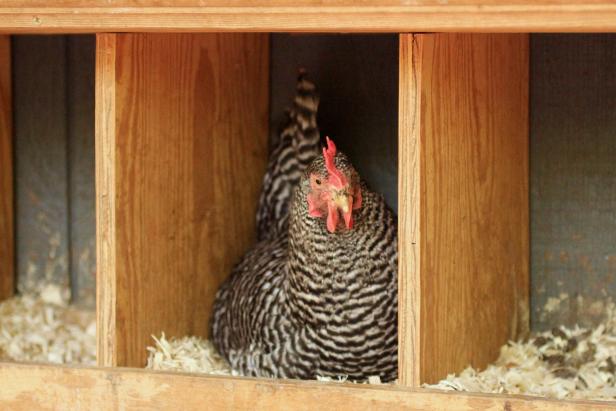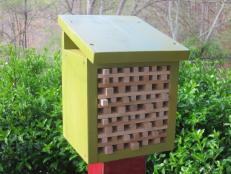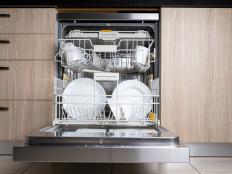How to Make Chicken Nesting Boxes


During much of the year, the average hen will lay an egg nearly every day. Although we might like to think chickens are happy to provide us with breakfast, the truth is they are only interested in finding a safe location where they can lay their eggs in peace. Those new to chicken keeping may find themselves wondering why their hens aren’t laying eggs, only to later discover a clutch of eggs hidden away in long grass, under the porch or in a corner of the coop obstructed from view.
Providing a secure and welcoming location for chickens to lay their eggs not only makes it easy to collect eggs without hunting for them, it can reduce stress in the coop as chickens learn to rely on a consistently comfortable nesting site. Nesting boxes can be made of a variety of constructed or re-purposed materials, but a few guidelines will help to make them not only inviting, but easy to access and maintain.
How many nests are needed depends on the size of your flock. Contrary to popular belief, nesting boxes are not intended to be used for sleeping and chickens should be encouraged to use nests only for laying. A good rule of thumb is a ratio of one nesting box for every four chickens.
Constructing boxes from found materials can save on costs and give character to the backyard coop. Boxes need not be square, but should be roomy enough to contain a laying hen, yet small enough to feel secure. About a cubic foot is ideal, with comfortable access and a lipped edge to retain bedding. Boxes can be built from wood, metal or plastic for stability and easy cleaning. If building from scratch, pitch the top of boxes to discourage chickens from roosting on top of boxes. Repurposed materials like 5-gallon buckets tipped on their sides, milk crates, wash basins or old pet carriers all make good nesting boxes, but should be thoroughly washed before use.
Finding a good location is imperative when installing nesting boxes. Place nests in the least traveled part of the coop to prevent disturbances while hens are laying. Elevate the nest to a height of 1 to 3 feet to discourage predators and the collection of debris from the coop floor.
Line boxes with bedding to keep chickens comfortable and to protect the egg once it has been laid. Wood shavings, straw or sawdust are economical choices. Replace bedding every few weeks to keep the nest sanitary and attractive.
Encourage chickens to use nesting boxes by placing plastic eggs or golf balls in the nests to simulate recently laid eggs. Eggs should be collected daily, but chickens are more likely to add to an existing clutch of eggs than to start a new one. Keep boxes clean and do not disturb laying chickens. Once nesting boxes are accepted as a safe and serene laying site, chickens will return daily without prodding.













































